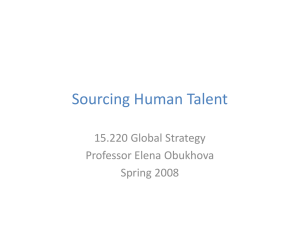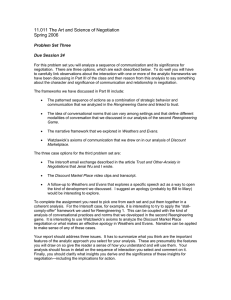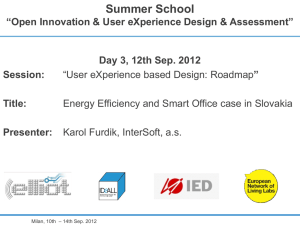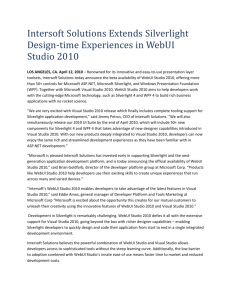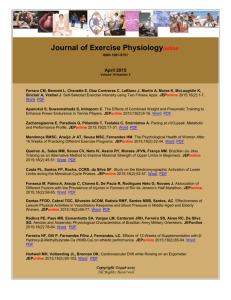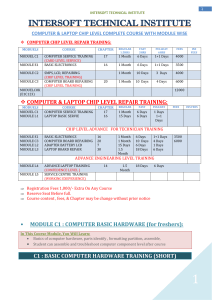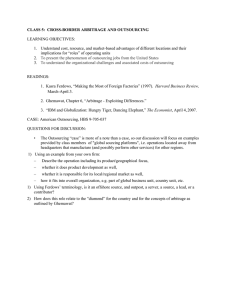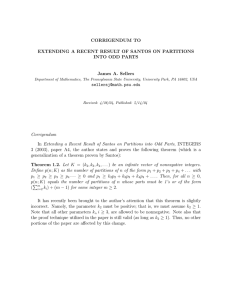CLASS 9: INTEGRATING GLOBAL MANUFACTURING AND PRODUCT DEVELOPMENT LEARNING OBJECTIVES:
advertisement
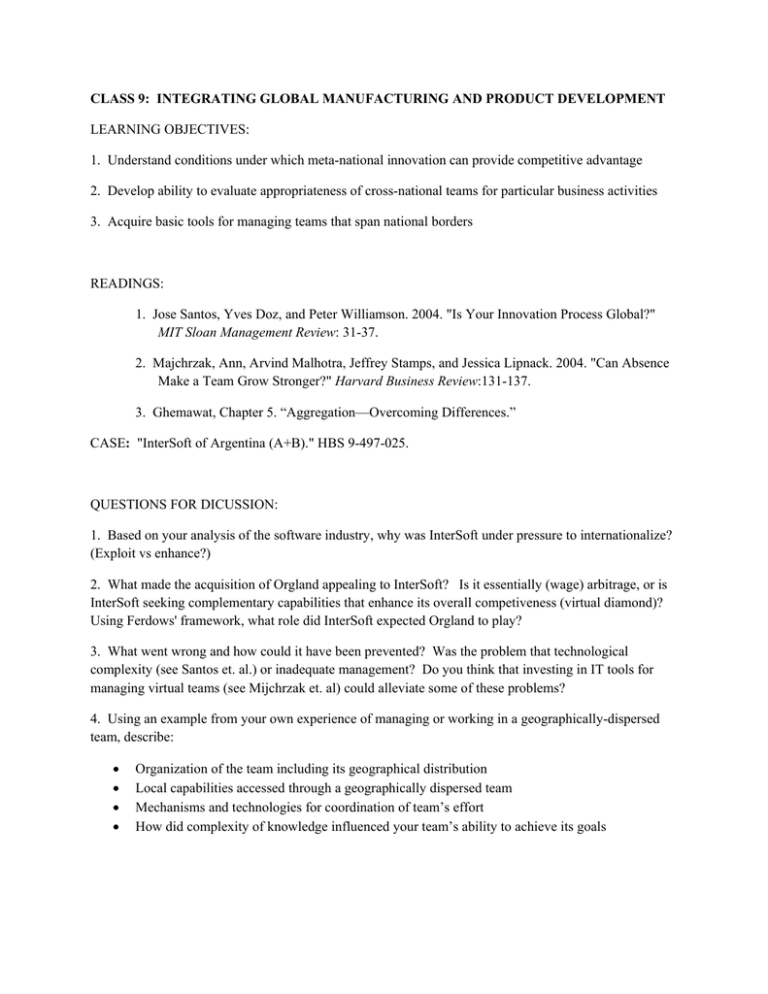
CLASS 9: INTEGRATING GLOBAL MANUFACTURING AND PRODUCT DEVELOPMENT LEARNING OBJECTIVES: 1. Understand conditions under which meta-national innovation can provide competitive advantage 2. Develop ability to evaluate appropriateness of cross-national teams for particular business activities 3. Acquire basic tools for managing teams that span national borders READINGS: 1. Jose Santos, Yves Doz, and Peter Williamson. 2004. "Is Your Innovation Process Global?" MIT Sloan Management Review: 31-37. 2. Majchrzak, Ann, Arvind Malhotra, Jeffrey Stamps, and Jessica Lipnack. 2004. "Can Absence Make a Team Grow Stronger?" Harvard Business Review:131-137. 3. Ghemawat, Chapter 5. “Aggregation—Overcoming Differences.” CASE: "InterSoft of Argentina (A+B)." HBS 9-497-025. QUESTIONS FOR DICUSSION: 1. Based on your analysis of the software industry, why was InterSoft under pressure to internationalize? (Exploit vs enhance?) 2. What made the acquisition of Orgland appealing to InterSoft? Is it essentially (wage) arbitrage, or is InterSoft seeking complementary capabilities that enhance its overall competiveness (virtual diamond)? Using Ferdows' framework, what role did InterSoft expected Orgland to play? 3. What went wrong and how could it have been prevented? Was the problem that technological complexity (see Santos et. al.) or inadequate management? Do you think that investing in IT tools for managing virtual teams (see Mijchrzak et. al) could alleviate some of these problems? 4. Using an example from your own experience of managing or working in a geographically-dispersed team, describe: • • • • Organization of the team including its geographical distribution Local capabilities accessed through a geographically dispersed team Mechanisms and technologies for coordination of team’s effort How did complexity of knowledge influenced your team’s ability to achieve its goals
